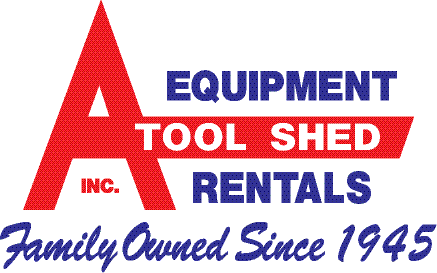-
Tips for Getting Your Lawn and Yard Ready for Cold Temperatures
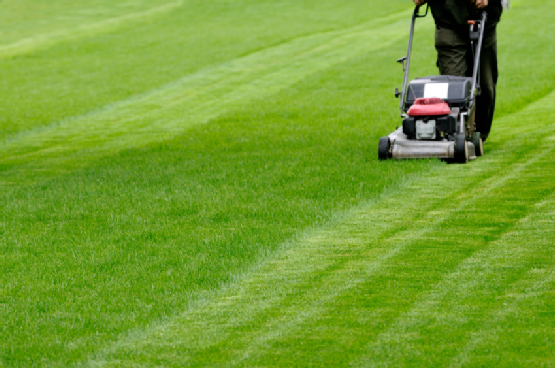
Keeping a good-looking yard is hard enough during the summer, let alone during the winter. If your yard looked like a wasteland last winter, you’re probably looking for ways to be better prepared. While winter is tough on most plants, there are several things you can do to keep your lawn from withering away as the temperatures drop. Here are a few tips to get you started:
Fertilize and Reseed
Many Northern California lawns become damaged by heat in the summer, and need a little pick-me-up to make it through the cold of winter. Giving your grass a fertilizer that’s rich in nitrogen and phosphorus can help them develop strong roots for the months ahead. It’s also a good idea to reseed damaged areas so your lawn appears fuller.
Water Sparingly
While the rain of fall may help you water your lawn, it may not be enough. Still, there’s no need to water your lawn as often as you did in the summer. Experts recommend about an inch of water over a three-week period—Mother Nature should do the rest. To keep the other plants in your yard alive, use your best judgment; if there are long periods without rain, give your plants something to drink.
Apply a Layer of Mulch
Once the cold winds of winter start blowing, the roots of your precious plants may become cold and dry. To make sure your plants stay healthy, apply a three-or-four-inch layer of mulch throughout your plant beds. Mulch will help keep your plants’ roots stay moist and warm, giving them the perfect opportunity to grow. Mulch is also great for suppressing weeds and providing additional nutrients.
If you need a seed spreader, wheelbarrow, or any other type of lawn equipment this fall, don’t hesitate to contact A Tool Shed . We’ve been renting equipment to the people of San Jose and Northern California for nearly 70 years. Today, we have six locations—each of which offers affordable tool rental. Call (831) 359-4769 to find out how our rental equipment can make your next project easier.
-
A Guide to Using a Leaf Blower
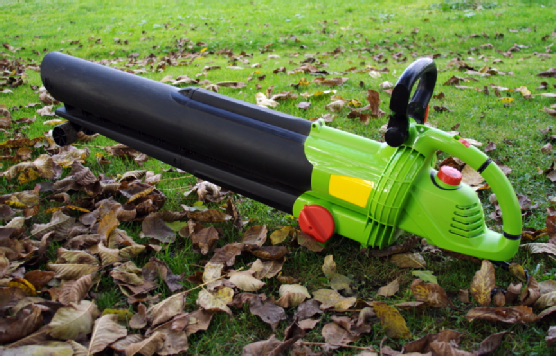
Once fallen leaves start littering your yard, you’ll wish you had a leaf blower. As with any power tool, however, a leaf blower can be dangerous if you don’t know how to use it correctly. As long as you follow a few simple rules, you should be able to keep your property free of leaves with minimal effort.
Before you start using a leaf blower, remember to put on your safety goggles and ear protection. You should also make sure the debris on your property is dry enough for a leaf blower to be effective, and that you aren’t using your leaf blower at an hour when your neighbors might be asleep. Whenever possible, blow with the breeze rather than against it. For easy cleanup, consider blowing the leaves or debris onto a large tarp.
A Tool Shed has plenty of leaf blowers available for rent this fall. To browse our complete selection of rental equipment, visit our website or visit one of our six locations in San Jose and Northern California. Call (831) 359-4769 with any questions about tool rental.
-
How to Prepare Your Home’s Gutters for the Fall
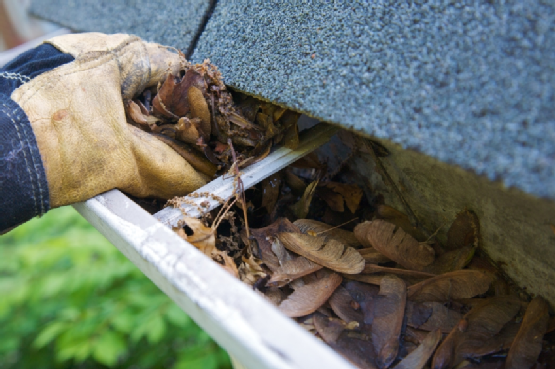
Gutters are an underappreciated part of the average home’s roofing system. All year long, they quietly collect the water that falls on the roof and divert it away from the home. This prevents the rain from dripping down from the eaves and damaging the home siding or basement. Since fall is a time of increased rain, it’s important that you get your gutters in order before the weather gets too wet.
Get the Right Equipment
If improperly prepared, you might get hurt while clearing your gutters. Before you start, you must make sure you have all the proper equipment. You’ll need a ladder, a bucket, a small rake, gloves, and a hose. If you don’t have these key pieces of equipment, you should consider renting them from an equipment rental place.
Clear Away Debris
Once you assemble the proper equipment, place the ladder on a flat surface adjacent to the gutter. Climb the ladder with your rake and bucket in hand, then begin collecting the debris in the gutter and placing it in the bucket. Be careful not to reach too far down the gutter when cleaning it; instead, climb down the ladder and move it into the proper position. If you’d rather not use a bucket while on the ladder, simply toss the gutter debris on the ground and collect it later.
Test with a Hose
After clearing the dirt and debris from all the gutters, test each section with water from your hose. If the water flows along the gutter and down the downspout, it’s ready for fall. If the water pools in a particular section and overflows, you need to adjust the pitch. You should also keep an eye out for leaks or sections of gutter that are becoming unfastened.
For all the rental tools you need to clean your gutters this fall, come by A Tool Shed. We have locations in six cities throughout Northern California, including San Jose, Watsonville, and Campbell. Call (831) 359-4769 or visit our website to learn all about our equipment rental services.
-
Essential Gutter Maintenance Tips
The gutters around your roof are responsible for diverting water away from your home. If anything’s wrong with your gutters, you risk damage to your home’s siding, foundation, or basement.
This local news segment discusses the importance of proper gutter maintenance. To make sure your gutters divert water properly, you should clean them every spring and fall. If you see water spilling over the edge of your gutters, it could mean that your downspouts are clogged or your gutters are pitched incorrectly. If clearing the clog doesn’t solve the problem, you should consider repairing or replacing the gutters.
If you need a ladder, drill, or any other equipment for your gutter replacement project, call A Tool Shed at (831) 359-4769. We offer tool rentals at six locations throughout Northern California and the San Jose area.
-
A Guide to Changing a Saw Blade
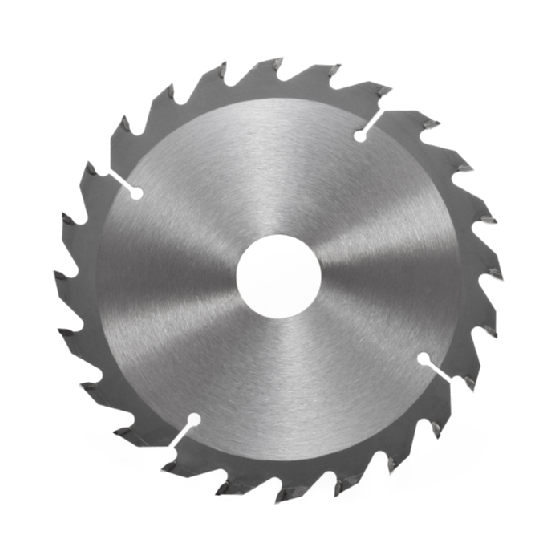
Over time, saw blades become dull and need to be replaced. Fortunately, changing a saw blade is relatively easy process that only requires a few steps. Whenever you have to put a new blade into your saw, the first step that you need to do is consult the saw’s instruction manual. This will tell how to properly take out the old blade and put a new one in. If you have a newer saw model, you should be able to remove the blade by pushing the release switch. However, if you have an older saw, you will most likely have to manually remove the bolts that are holding the blade. Once the blade is removed, wipe off any debris from the blade guards, and securely install the new blade. After this step is complete, your saw will be ready to go.
A Tool Shed is the leading provider of tool rental services in the San Jose area. Whether you are a contractor or homeowner, we have all of the tools that you need to finish the project you are working on. For more information about our services, visit one of our six locations or call (831) 359-4769.
-
Understanding the Difference Between Annual and Perennial Weeds
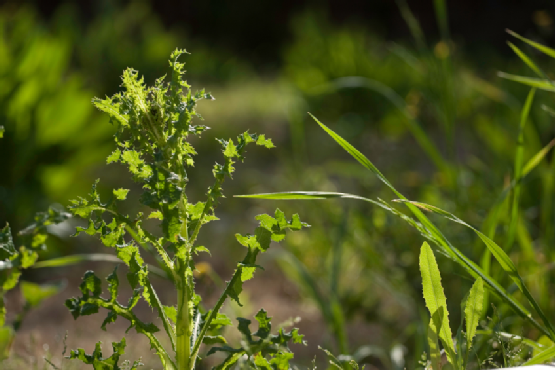
Weeds can be a serious problem for homeowners in the San Jose area. One day, a yard can look great, and on the next day, weeds will have spread throughout the entire area. And when you go to pull these plants up, they keep growing back, which can be frustrating. Fortunately, you can avoid this problem and get rid of these unwanted plants for good by understanding the difference between annual and perennial weeds. For more information about this topic, continue reading below or contact your nearby weed sprayer rental company.
Perennial Weeds
Perennial weeds reproduce through seed distribution and root spreading. Usually, these plants go dormant during the colder months and start growing again during the springtime. Unlike annuals, which are fairly easy to get rid of, perennial weeds have strongly-developed root systems that can be difficult to eradicate completely. Some perennial weeds that are common to Northern California are dandelion and burdock.Annual Weeds
Annual weeds reproduce strictly through seed distribution. In San Jose, some of the most common annual weeds are crab grass , nettle, purslane, and numerous others. Generally, annual weeds can be divided into two categories: warm weather and cool weather weeds. As their name implies, warm weather weeds only grow during the spring and summer months. In contrast, cool weather weeds typically only grow in the fall and winter.Management
There are some key differences when it comes to controlling annual and perennial weeds. For the most part, annual weeds have fairly shallow roots, which means that they can be pulled by hand. However, when it comes eradicating perennial weeds, it’s recommended that you use an effective herbicide and professional-grade weed sprayer, which are available at tool and equipment rental stores.If you live in San Jose and have weeds growing in your yard, stop by one of A Tool Shed’s six convenient locations or call us at (831) 359-4769. We always keep a large selection of tools in stock for all of your yard-care needs, including sprayers and rakes. Visit our website or call us today.
-
Tips for Preparing Your Lawn for the Fall Season
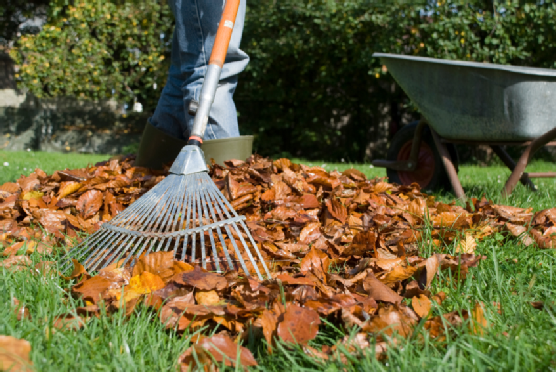
This fall, if you have want to have the best looking lawn on the block, it’s essential to practice good lawn-care. Along with renting the proper equipment from your local tool rental shop, you need to apply the right kind of fertilizer, among other tasks. To learn some helpful tips for preparing your lawn for this fall season, continue reading.
Clean up Leaves
Are fallen leaves collecting all over your lawn? If so, you should think about picking them up, since fallen leaves can block out the sunlight your grass needs to be healthy. Depending on your preferences, you can either clean up leaves using a rake or rent a mulching mower from a tool rental companyCut Grass Regularly
Part of keeping a lawn healthy is cutting the grass regularly. Because of this, in the fall months, make sure that you mow your lawn every week. Doing this simple task will ensure that your grass grows properly when spring comes around.Use Fertilizer
Lawns need to be fertilized in order to grow properly. Generally, during the fall months, the best kind of fertilizer to use is one that has high levels of nitrogen, followed by potassium and phosphorous. After you have found the right fertilizer, you should apply it using a rotary spreader to ensure even distribution.Rent an Aerator
If you haven’t aerated your lawn in a long time, fall is the time do so. This simple process involves poking holes in a lawn so that the grass can take in water and nutrients easier. While you can aerate your lawn by hand, it much easier to rent an aerator from an equipment rental provider.Apply Seed
Planting seed during the fall is one of the best ways to ensure that your lawn stays healthy. To do this task properly, it’s recommended that you rent a rotary spreader, which will apply the grass seed evenly. Once you have finished this task, your grass will grow with vigor.For more information on caring for your lawn, contact A Tool Shed. We have six convenient locations in California, including in San Jose, and have a large selection of tools and equipment available for rent. Call us today at (831) 359-4769.
-
Equipment Rentals in California
As a homeowner, you probably have lots of projects to do around the yard, from fertilizing the lawn to spraying the weeds. Because these and other tasks require the use of specific equipment, it’s important to find the right tool rental company in San Jose. For this endeavor, no business is more qualified than A Tool Shed.
At A Tool Shed, we believe in providing our customers with the highest-quality equipment at affordable prices. Whether you are looking to rent or buy an item, our friendly staff can help you find the right piece of equipment for your project. To get a glimpse of our line of products, watch this short video.
For more information about A Tool Shed, visit us online today. We have multiple locations in California, including in San Jose, and a great line of home-improvement equipment , so call us today at (831) 359-4769.
-
Safety Rules for Using Your Drill
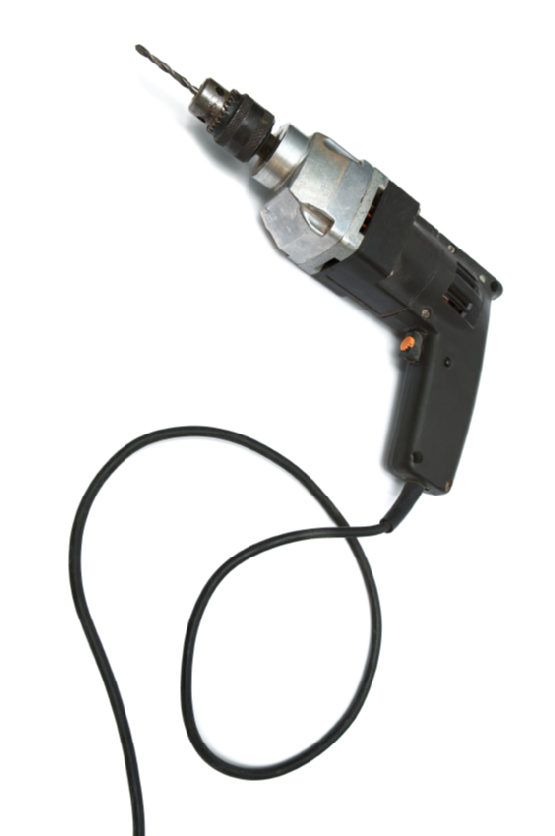
A power drill is a tool that is commonly used for many construction projects. While power drills offer a great level of convenience, they are also extremely powerful and should always be used with the utmost caution. If you will be renting a drill for your next construction project , here are some essential safety rules that you should be careful to follow.
Dress Appropriately
When using a drill , you should be sure to dress in the appropriate attire. Never wear loose or baggy clothing when operating a drill. Any hanging clothing can become trapped in the moving parts of the drill. Additionally, you should always wear safety glasses when operating a drill. Proper eye protection will prevent debris from entering and damaging your eyes.Use Caution When Drilling
It is important to use caution whenever you are operating a drill. When you are carrying the drill, make sure that your fingers are away from the trigger. When the drill is in use, always operate the drill using both hands. Before drilling, make sure that you are not in contact with any live electrical wires, wet areas, or explosive gasses. After you have finished drilling, the drill bit will be extremely hot and can cause burns if it is touched.Inspect Regularly
Before using the drill, you should always inspect the condition of the tool. If you notice that any components are loose, damaged, or broken, the drill is not safe for use. Make sure that the drill is fully repaired and operational before you turn it on.At A-1 Equipment Rental, we can provide you with the tools you need for your construction project. From drill rentals to trucks, tractors, and more, we offer a full range of equipment and tool rentals that will suit the needs of your project. To learn more about the tools available from our San Francisco area location, call us at (650) 557-2791.
-
A Quick Guide to Using an Overseeding Machine
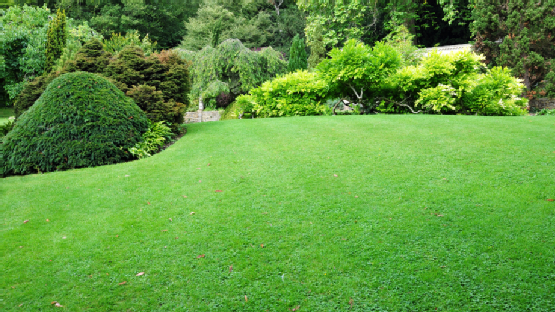
If your lawn is suffering from unsightly thin areas or bare patches, overseeding is an effective method to restore lush, green grass. While overseeding to plant new grass directly over the existing lawn can be done by hand, this work is tedious and difficult. Renting an overseeding machine can help you accomplish your goal much more quickly and easily for more energy and time to enjoy your results.
What an Overseeding Machine Does
Overseeding distributes grass seed evenly over bare or thin areas of your yard to promote new growth without the need to lay sod. An overseeding machine creates a small cut in your soil, deposits grass seed, and then closes the cut over as you continue. This allows you to complete all three steps in overseeding your lawn at once for the quickest and easiest results.Steps for Using an Overseeding Machine
Before you rent your overseeding machine, perform a soil test on your lawn. Soil testing will tell you if your lawn is deficient in certain nutrients that could affect the growth of new grass. If you are renting your overseeder, it’s best to practice first in an out-of-the-way area of your yard so you feel comfortable with the machine before you start. If you have a sprinkler system, mark areas around the heads and avoid these, as a slit seeder will damage them. You will need to adjust the slit depth created by the machine based on the type of grass seed you are using. Cover bare areas of your lawn with two passes of the slit seeder using a crisscross pattern so that your second pass is at a 45-degree angle to your first. This will produce a diamond-shaped pattern that will ensure even, lush regrowth.Are you looking to rent overseeders, aerators, or other lawn care equipment in San Jose? A Tool Shed has the equipment you need to maintain or restore your lawn. Call us at (831) 359-4769 or stop by any one of our six locations across Northern California. You can find more lawn care tips on our blog .
